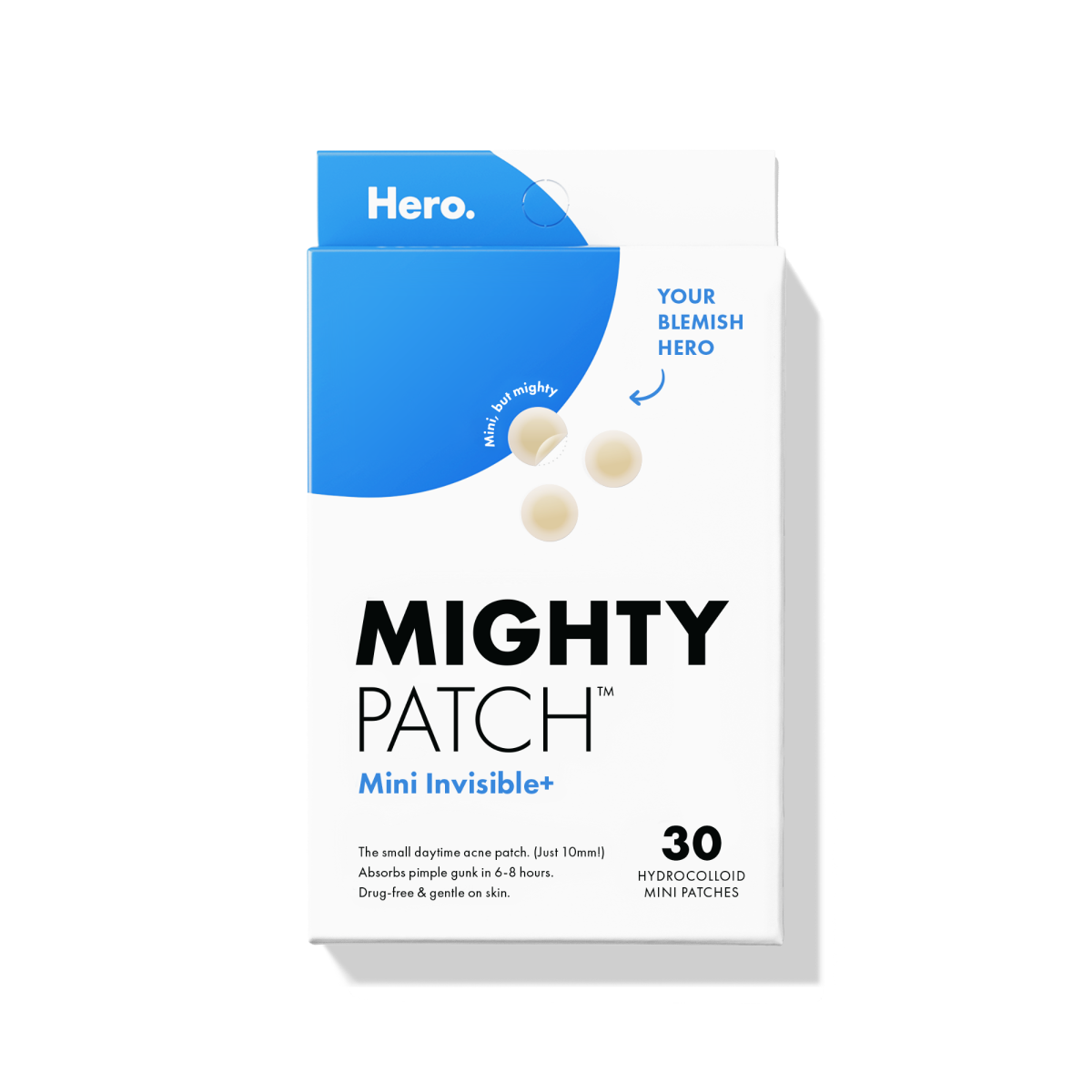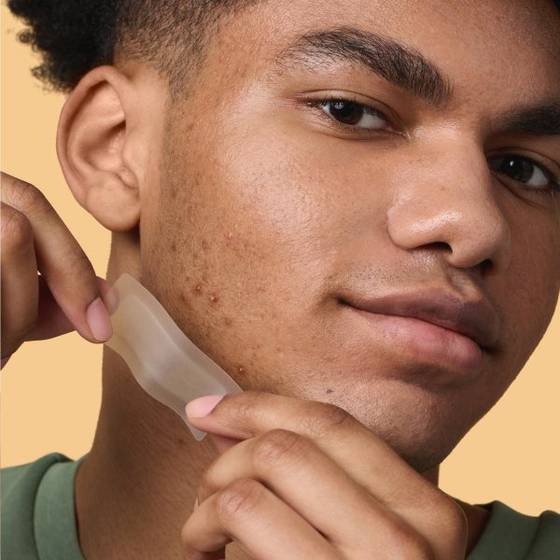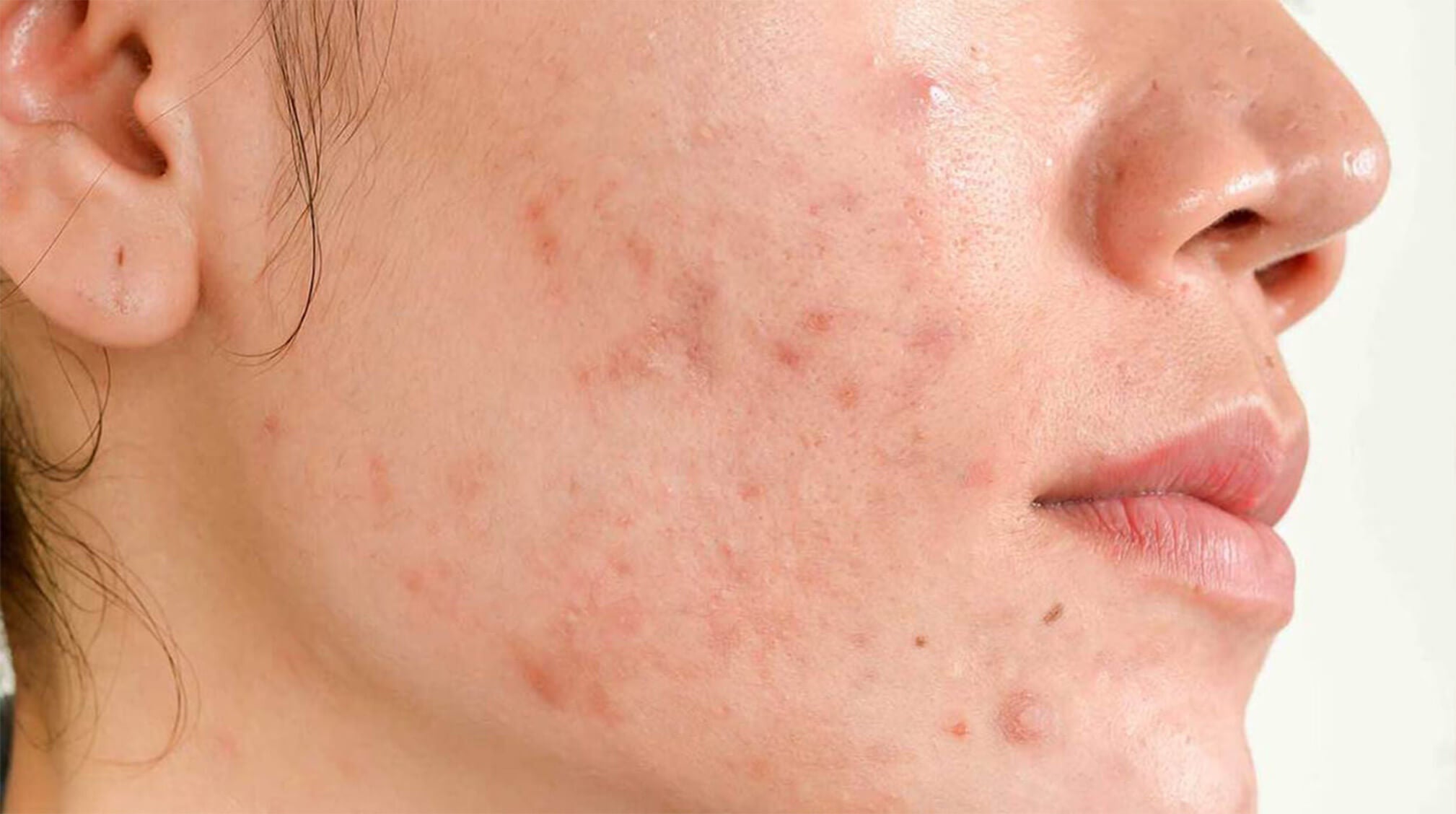
Whether you’ve said it yourself or heard it from a friend, we’re all familiar with the idea that acne gets worse during that time of the month. Dealing with pimples is never fun, but when it’s combined with cramps and moodiness, it’s even worse.
As women, we’ve either experienced hormonal acne or know someone who has, so what’s with doctors who say “hormonal acne” isn’t real?
The truth is, there isn’t a specific category of acne that is caused by hormonal changes. However, it’s definitely a major behind-the-scenes contributor.
What’s the connection?
Acne begins to emerge from pores that are clogged with excess sebum, dead skin cells and p.acnes. Hormones, such as androgens like testosterone, stimulate sebaceous gland cells to produce sebum. When hormone levels fluctuate, the imbalance can result in the overproduction of sebum and therefore lead to acne.
During puberty, when hormones are in a constant state of flux, excess sebum results in an oversupply of p.acnes, oily skin and breakouts in the T-Zone area (forehead, nose and chin). Since males have more testosterone, teen acne can actually be worse for boys.
It’s a common misconception that once a person hits 20, their days of hormonal acne are in the past. Adults between ages 20 to 40 also experience changes in hormone levels. Stress hormones, such as cortisol, can also result in breakouts.
Where are hormonal breakouts most common?
We spoke to Dermatologist Dr. Sarkar about hormonal acne and asked her where she most often sees hormonal breakouts. “Intrinsic hormones, such as androgens and stress hormones, typically appear around the jawline, chin or beard area and are deeper in the skin.”
When taking prescription steroids, patients may experience acne as a side effect. It often re-occurs in the exact same spot each time they take the medication.

How about those period breakouts?
For acne related to your menstrual cycle, there are three main hormones at play: testosterone, estrogen and progesterone. As mentioned previously, testosterone is involved in sebum production. Estrogen and progesterone are female sex hormones that are secreted during the menstrual cycle to prepare the body for pregnancy. They also bind with the cell receptors that control the glands producing sebum to help slow oil production.
On the first day of a 28-day menstrual cycle (or the first day of your period), estrogen and progesterone levels are at their lowest. And that means that there are fewer hormones to limit testosterone’s oil production and keep pores clear.
Estrogen and progesterone levels are also low between days 12-16 and at the end of the cycle (right before your period begins). As a result, you might experience breakouts around the jaw and lower cheek areas.
RELATED READ: Period Skin: What Exactly Happens to Your Skin During a 28-Day Menstrual Cycle

Is there anything I can do about it?
If your menstrual-cycle-related breakouts are minor, you can easily treat those manageable zits with Mighty Patch or another over-the-counter (OTC) solution. But if your monthly visitor is always accompanied by a more severe breakout situation, there are other options to consider.
Birth control
Often the first stop for many hormonal acne sufferers, the pill not only controls acne, but also provides the added bonus of preventing pregnancy. The birth control pills that are most effective at preventing acne are those that contain a combination of both ethinyl estradiol and progestin, which are synthetic forms of estrogen and progesterone. Three FDA-approved pills that fall into this category include:
- Yaz combines drospirenone and ethinyl estradiol
- Estrostep combines ethinyl estradiol and norethisterone acetate
- Ortho Tri-Cyclen combines norgestimate and ethinyl estradiol
Retinoids
You’ve probably heard about Retinoids from skincare addicts and bloggers, but what are they really? Retinoids are a class of chemical compounds that are vitamers of vitamin A or are chemically related to it. Retinoid treatments usually come in a cream or a gel form, but there are a few more powerful liquid treatments as well. They reveal new skin cells by sloughing off dead skin cells and oil from clogged pores. In addition to reducing cystic acne, acne scars and sebum production, retinoids can also minimize the appearance of wrinkles, scarring and dark spots. Basically, retinoids can help with just about any skin concern!
For beginners, Retinol is found in many OTC products because it is one of the more gentle retinoids. Adapalene can also be found in OTC products, but it is a bit stronger. For oily skin, gels containing adapalene are a better choice than creams. Tretinoin is super effective in treating acne, hyperpigmentation, oily skin, pores and signs of aging. However, tretinoin can be highly irritating to the skin, which is why it must be prescribed by a dermatologist. For all retinoids, we recommend patch testing on the wrist before the first use!
Anti-androgen drugs
Anti-androgen drugs block the body’s production of androgens (like testosterone) by binding with the protein receptors that usually bind with androgen. One of the more commonly known anti-androgen drug is spironolactone, which is often prescribed to patients are transitioning. Since it blocks testosterone, it also slows sebum production, which makes it an effective treatment for hormonal acne. It is also used to reduce androgen levels in patients with polycystic ovary syndrome (PCOS).

Natural treatments
If retinoids and prescription medications aren’t your bag, there are more natural treatments you can try. Taking supplements can balance your body’s nutrients and chemicals. For example, Vitamin A (which retinoids are derived from) is a natural antioxidant and can help shed dead skin cells and reduce inflammation. Vitamin C can brighten skin, reduce the appearance of dark spots and increase collagen production - all of which are important for healing acne-prone skin. Zinc helps the the body fight off harmful bacteria and has anti-inflammatory properties that can reduce redness and irritation. Lastly, essential fatty acids like Omega-3 regulate testosterone production, which ultimately leads to a drop in oil and sebum production.
Doctor’s orders
For active breakouts, Dr. Sarkar recommends spironolactone, birth control and pimple patches. Because hormonal acne takes longer to clear, using pimple patches will reduce the urge to pick at skin during the healing period. While birth control and anti-androgen drugs will not permanently cure acne, they definitely reduce breakouts while hormones are active.
For scarring, she suggests kojic acid, glycolic acid, Vitamin C and arbutin, all of which help minimize dark spots and hyperpigmentation. If you want to try retinoids, Sarkar recommends starting with Tretinoin because it’s really strong, very effective and less expensive than alternatives (and typically covered by insurance).
[[product-ad]]
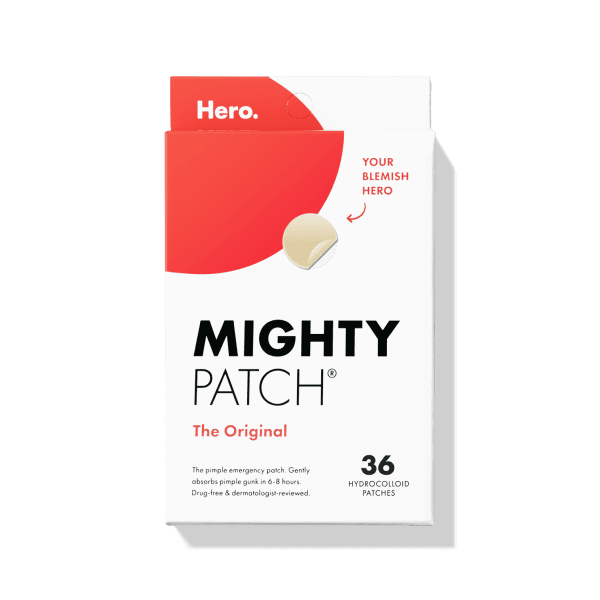
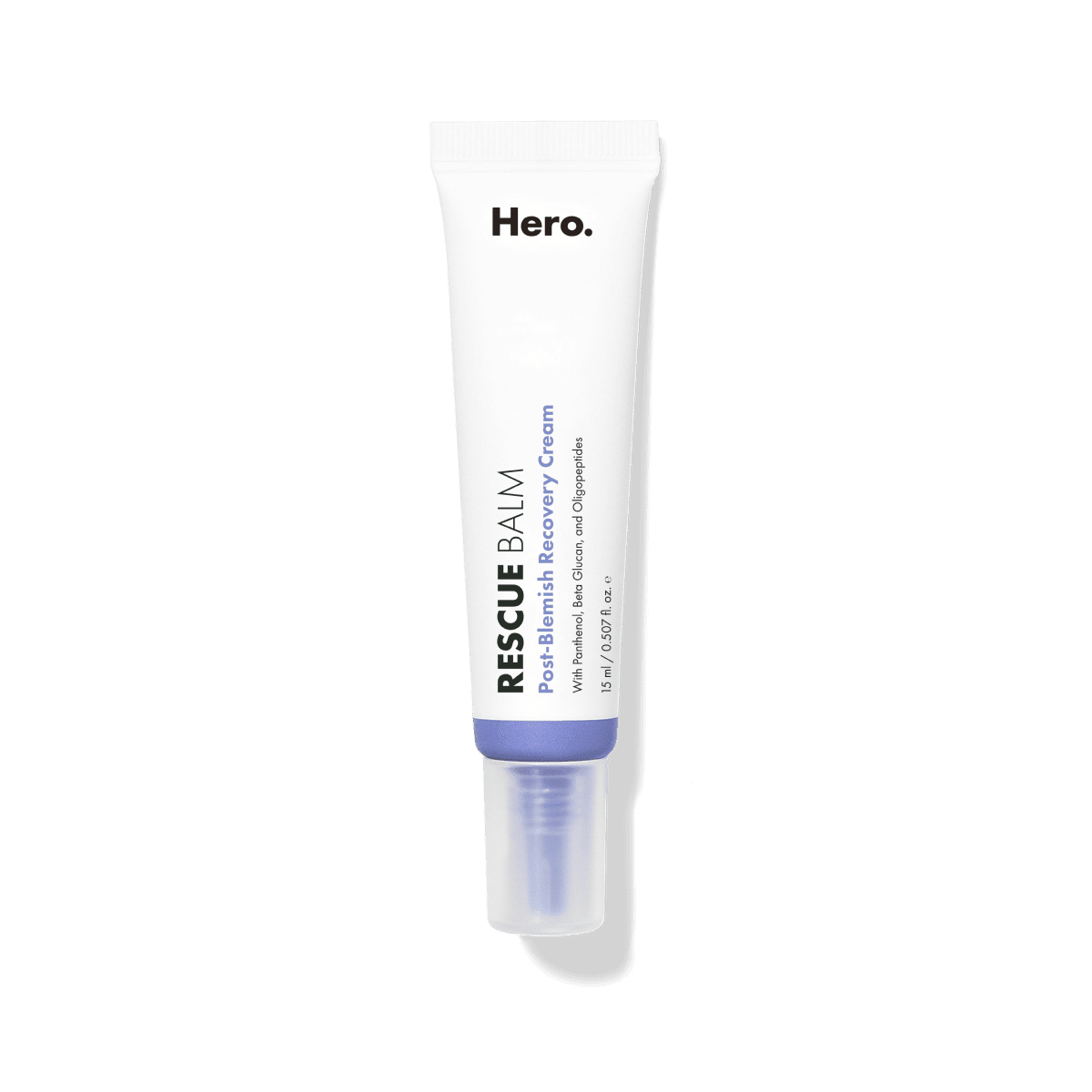
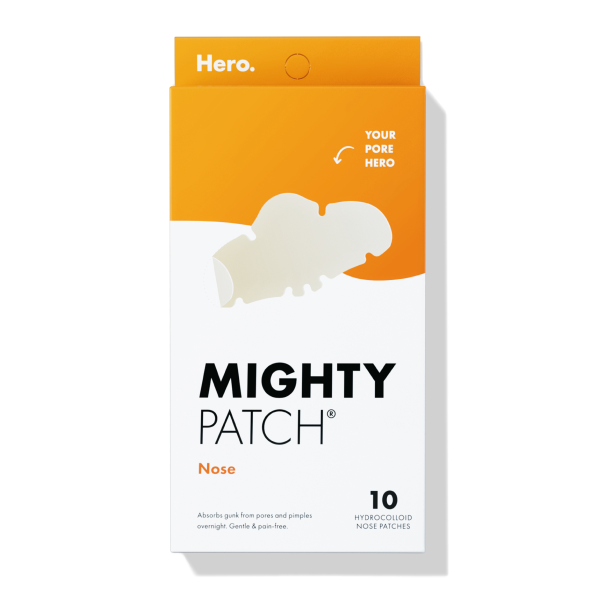
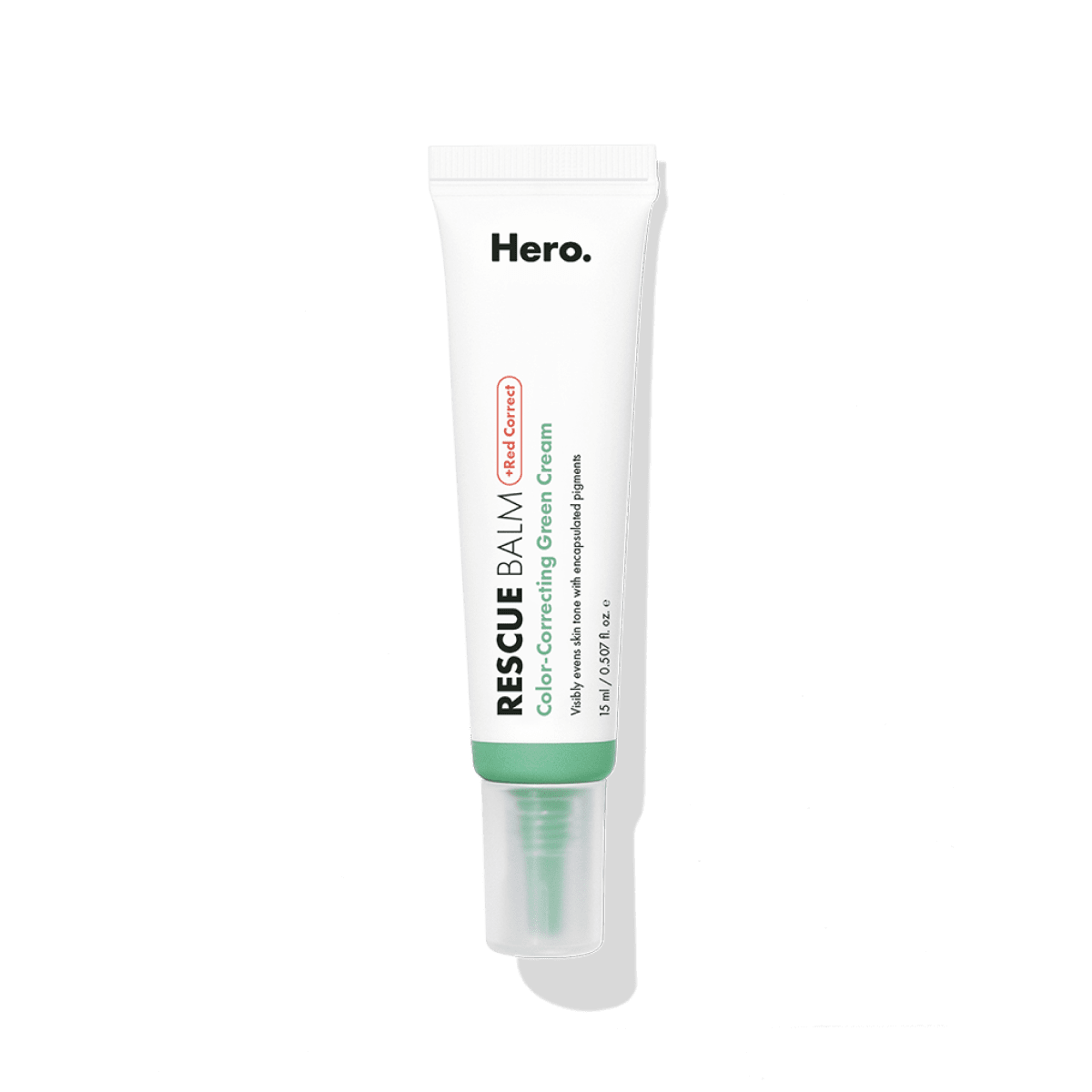
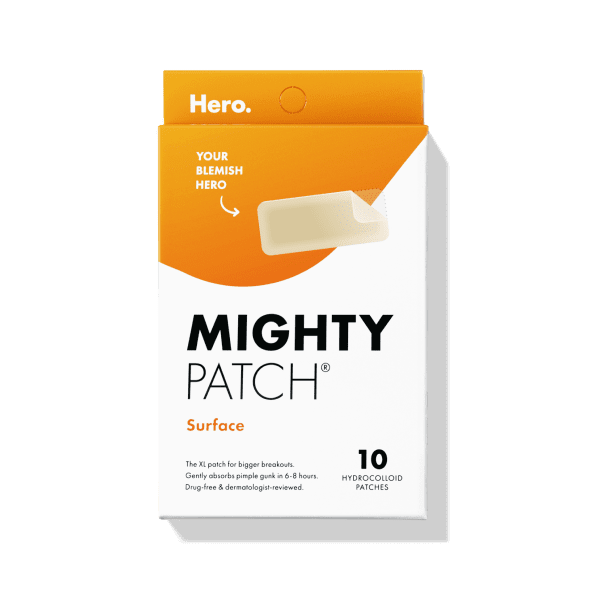
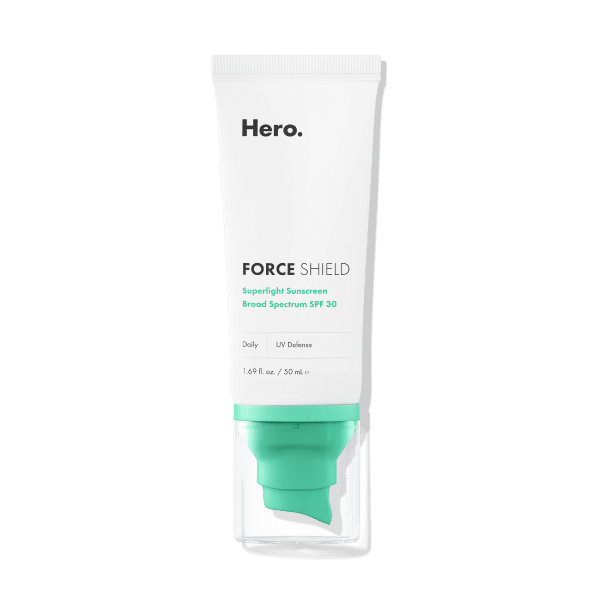
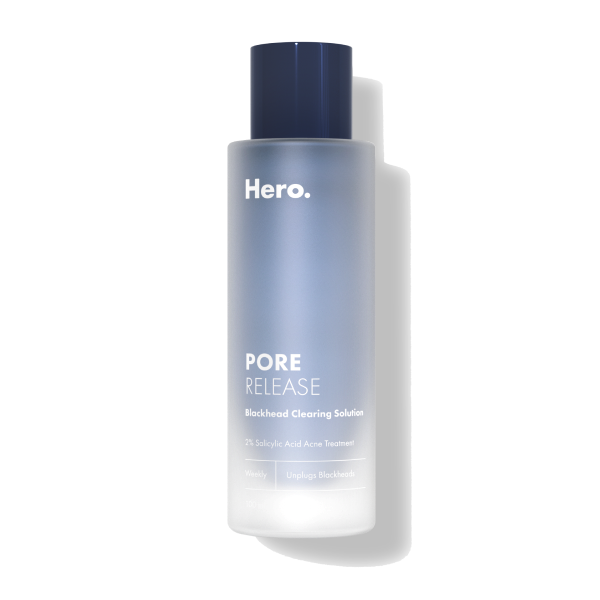
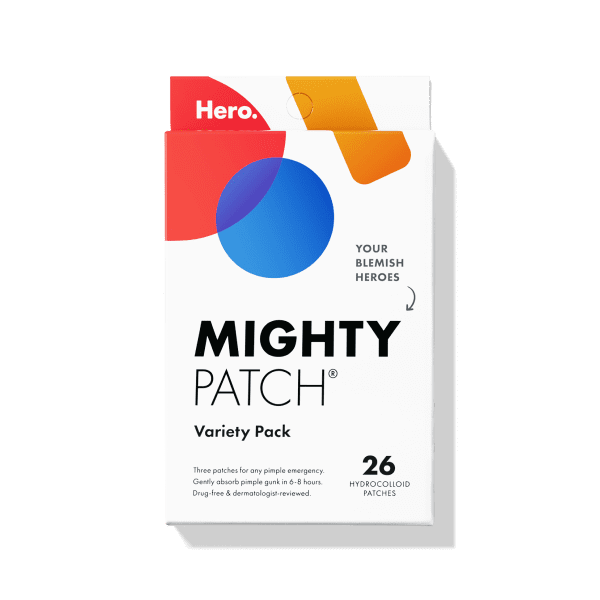
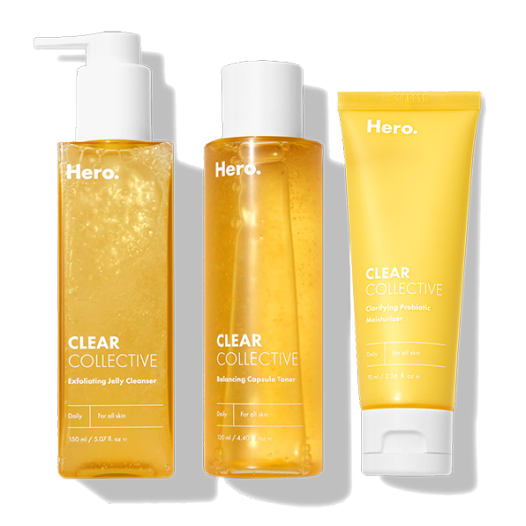
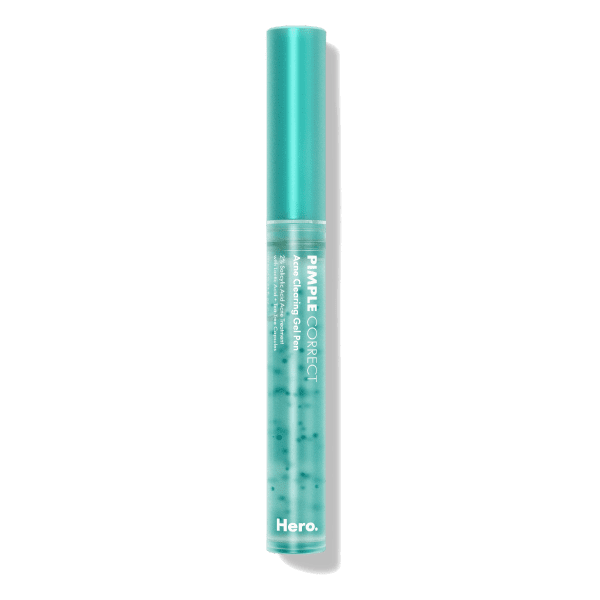
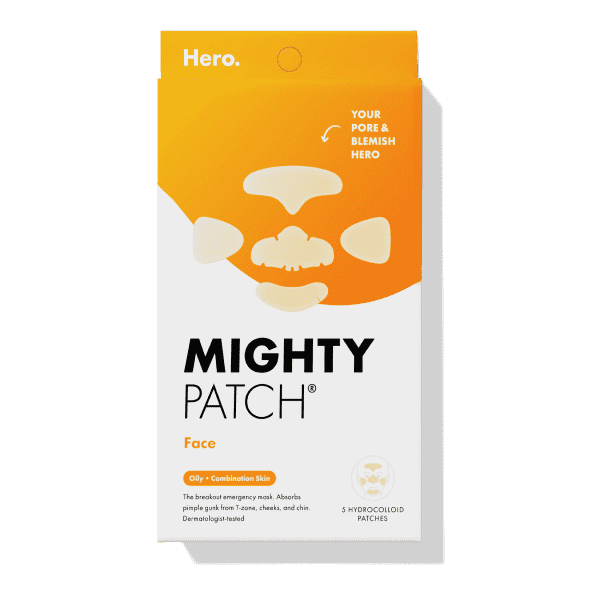
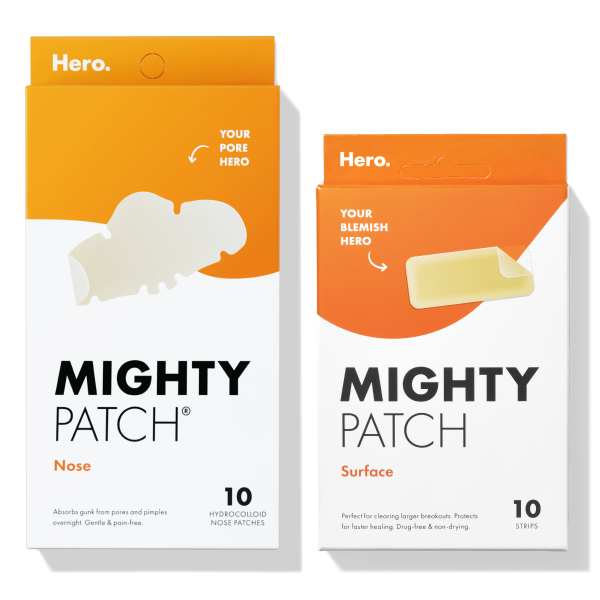
.png?v=1663017252122)
